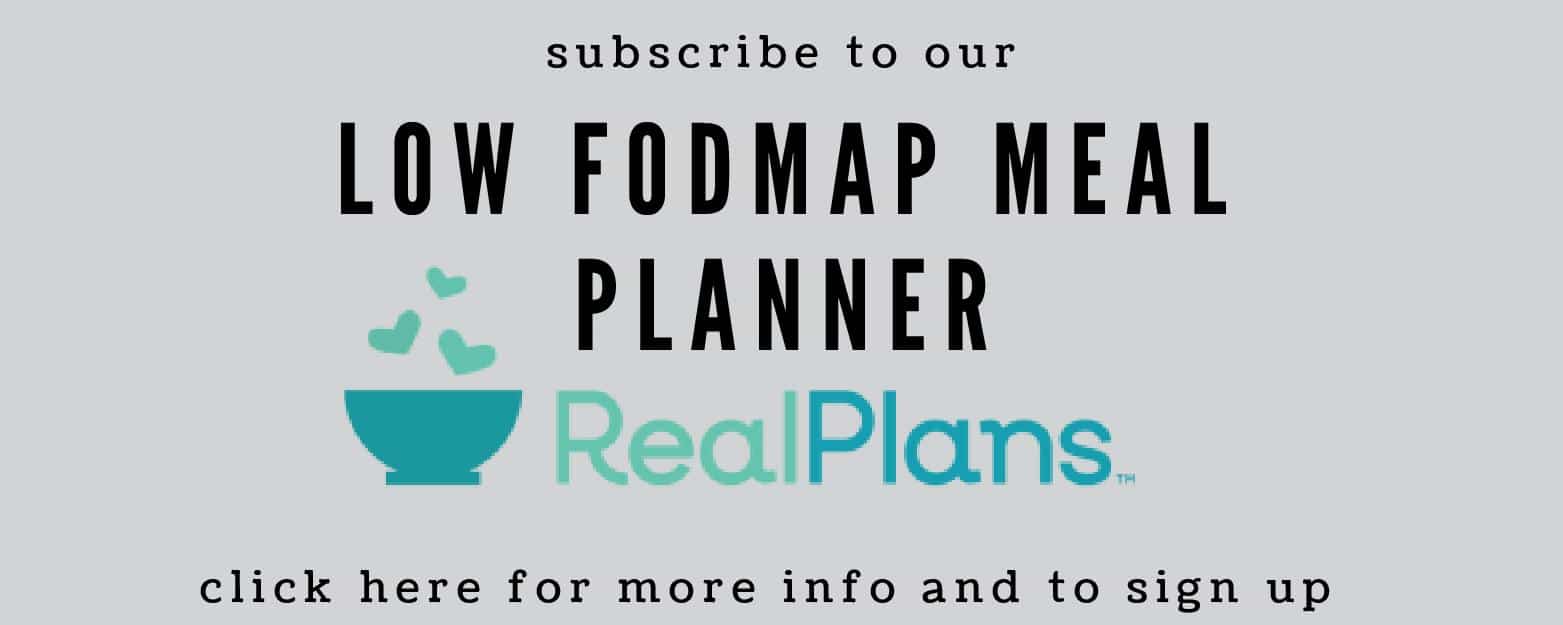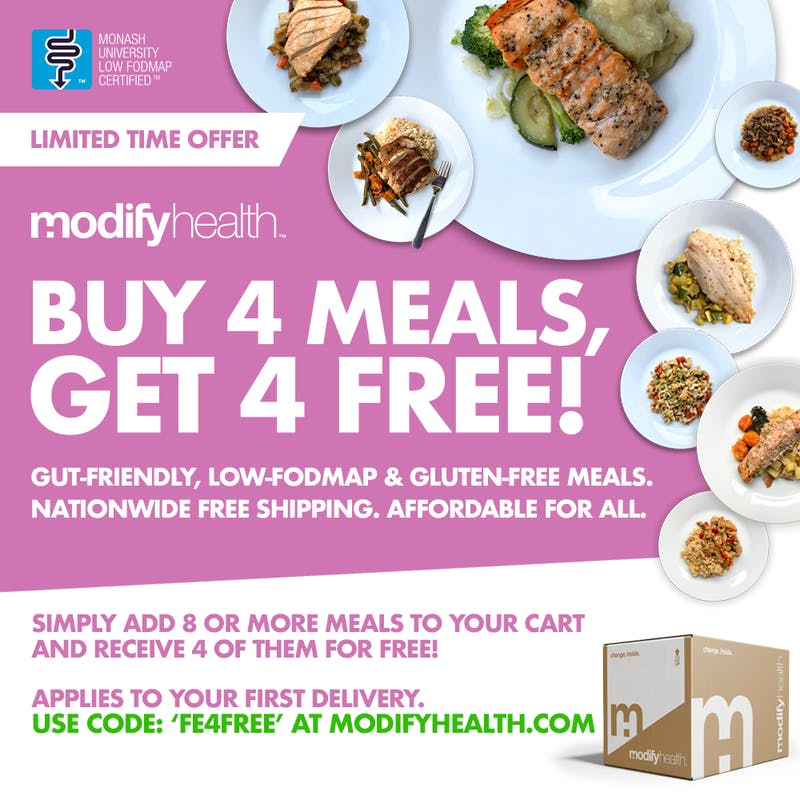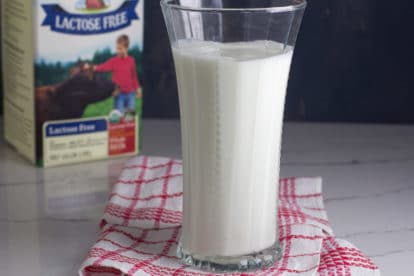Sodas are ditching sugar faster than you can say “calorie-free”—and the numbers back it up. The global sugar-free soda market is projected to reach $80 billion by 2025, with zero-sugar variants alone expected to surge from $4.35 billion in 2025 to $17.13 billion by 2035, reflecting a significant shift in consumer preferences.
Advanced sweetener technologies are reshaping soda formulations, while younger, health-conscious buyers drive demand for cleaner, more natural refreshment. Here’s an engaging deep dive into why sugar-free is taking over and reshaping the way Americans drink.
Health Consciousness Is Driving Change

Americans are increasingly aware of the health risks linked to high sugar intake, including obesity, diabetes, and heart disease. According to the CDC, 41.9% of U.S. adults aged 20 and over were classified as obese between 2017 and March 2020, with excessive sugar consumption identified as a major contributor.
This growing awareness is driving consumers to scrutinize nutrition labels more closely, especially for beverages, which are the largest source of added sugars in the U.S. diet. As a result, many are opting for low-sugar alternatives, such as sparkling water, herbal teas, and naturally flavored drinks, that align with modern health goals.
The Market Is Booming

Sugar-free soft drinks are a lucrative market, with the global market projected to reach $80 billion by 2025 and grow at a steady 5% annual rate, reaching $120 billion by 2033. This surge is fueled by rising health consciousness and demand for low-calorie alternatives, especially among consumers managing obesity and diabetes.
The zero-sugar segment alone is forecast to skyrocket from $4.35 billion in 2025 to $17.13 billion by 2035, reflecting a 14.7% compound annual growth rate. Major beverage companies, such as Coca-Cola, PepsiCo, and Nestlé, are investing heavily in product innovation, utilizing sweeteners like stevia and sucralose to meet the evolving taste preferences of consumers.
Sweetener Science Is Getting Smarter

Gone are the days of diet sodas tasting like chemistry experiments. Modern formulations now blend synthetic sweeteners like aspartame and sucralose with natural alternatives such as monk fruit and stevia, both of which are FDA-approved and classified as “generally recognized as safe.”
Monk fruit extract is up to 200 times sweeter than sugar. At the same time, stevia’s refined compounds can be 200–400 times sweeter, allowing manufacturers to replicate sugar’s flavor with minimal volume. These advancements have significantly improved taste profiles, reducing the bitter or metallic aftertaste once associated with early diet sodas.
Gen Z Leads the Zero-Sugar Trend

Sugar-free sodas are gaining traction among Gen Z, whose preference for “clean” and “healthy” branding is reshaping the beverage industry. While studies show South Australian teens are more likely to consume sugar-sweetened drinks regularly, broader research reveals that 44% of Gen Z cite sugar content as their top concern when choosing non-alcoholic beverages.
This health-conscious mindset is driving brands like 7Up, A&W, and Canada Dry to rebrand their diet sodas as “zero sugar” to better resonate with younger consumers who dislike the word “diet”. Gen Z’s demand for transparency and natural ingredients has led to increased use of sweeteners like stevia and monk fruit.
Saving Teeth, Waistlines, and Health

Each can of regular soda contains around 140 to 150 calories and 38 to 40 grams of sugar, contributing significantly to daily added sugar intake. Switching to sugar-free alternatives eliminates these empty calories, helping consumers avoid the 52,000+ calories per year that come from drinking one soda daily.
While sugar-free sodas don’t contain sugar, they still pose risks to dental health due to their high acidity, which can erode enamel and increase susceptibility to cavities. However, they do help reduce overall calorie consumption. Those managing obesity, diabetes, or heart disease risks often favor them.
Calorie-Conscious Consumers Are All-In

Sugar-free sodas are stepping into the spotlight as health-conscious consumers seek flavorful alternatives without the sugar overload. A single 12-ounce can of regular cola contains around 39 grams of sugar, exceeding the American Heart Association’s daily limit of 25 grams for women and 36 grams for men.
This makes sugar-free options especially appealing for those focused on weight management, as they eliminate up to 150 calories per can while preserving the fizzy satisfaction. As a result, sugar-free sodas are no longer fringe choices—they’re becoming mainstream staples for a generation that values wellness without sacrificing taste.
Government Policies Are Turning Up the Heat

Governments globally are cracking down on sugary beverages with aggressive policies like taxes, warning labels, and advertising restrictions. Over 85 countries now impose some form of tax on sugar-sweetened beverages (SSBs).
The UK is set to enforce a 9 pm TV watershed and total online ad ban for high-fat, salt, and sugar products by October 2025, targeting youth exposure. These sweeping measures are pressuring beverage giants like Coca-Cola and PepsiCo to reformulate and expand their zero-sugar portfolios to stay competitive in a rapidly evolving market.
Natural Sweeteners Stealing the Show

Today’s consumers are craving natural alternatives that don’t spike blood glucose levels. They are FDA-approved and are increasingly favored over artificial options, such as saccharin, which has faced scrutiny for its potential impact on gut health and metabolic function.
This shift is reflected in the rise of sodas offering “clean labels“, with brands emphasizing transparency, natural ingredients, and additive-free formulations. 31% of new food and beverage products launched globally in 2022–2023 carried clean label claims, with the highest penetration in child-oriented and everyday nutrition categories.
From Cola to Exotic Flavors

People are no longer satisfied with just “Coke” or “Sprite”. Sugar-free sodas now boast creative flavors like herb-infused citrus, spiced cola, and tropical blends that cater to adventurous palates. Brands like Zevia offer 17 zero-sugar flavors, including Cherry Cola, Orange Creamsicle, and Lemon Lime Twist.
Virgil’s Zero Sugar line features bold options like Black Cherry, Orange Cream, and Vanilla Cream, crafted with herbs, spices, and fruit extracts for a guilt-free indulgence. Coca-Cola’s recent launch of Spiced Cola, infused with raspberry and spice, reflects the growing demand for complex flavor profiles.
Functional Beverages Are Adding Value

Sugar-free sodas are leveling up by doubling as functional drinks, blending refreshment with wellness benefits. Brands like Hiyo and Recess now infuse their zero-sugar beverages with adaptogens such as ashwagandha, ginseng, and lemon balm—herbs known to help regulate stress responses and promote a sense of calm.
Others, like Heywell and Odyssey Elixir, incorporate natural caffeine sources and nootropics to enhance energy and focus without the crash. These innovations align with the growing demand for drinks that support mental clarity, mood balance, and immune health, especially among sober-curious and health-conscious consumers.
Marketing Muscle of Big Brands

Brands like Coca-Cola invest billions into sugar-free versions of classic favorites, with Diet Coke launching in 1982 and Coke Zero Sugar following in 2005, later rebranded in 2017 to better reflect its taste similarity to original Coca-Cola. These zero-sugar sodas use sweeteners like aspartame and acesulfame potassium, delivering familiar flavor profiles without the calories.
Aggressive global marketing campaigns have helped Coke Zero Sugar and Diet Coke become household staples, with Coca-Cola calling Coke Zero Sugar its “best-tasting zero-sugar Coca‑Cola yet”. PepsiCo has followed suit with Pepsi Zero Sugar, reformulating its recipe and ramping up promotions to compete in the growing sugar-free segment.
Artificial Sweeteners Debate Nudges Innovation

Artificial sweeteners are deemed safe by oversight agencies such as the FDA, EFSA, and JECFA, which establish Acceptable Daily Intake (ADI) levels based on extensive toxicological studies. However, skepticism persists among certain consumer groups, with studies showing that up to 44% of participants changed their views negatively after learning more about potential risks.
In response, many brands are shifting toward plant-based sweeteners. This trend aligns with the rise of clean-label products, now featured in 31% of new global food and beverage launches between 2022 and 2023. As consumers demand transparency and natural ingredients, sugar-free sodas are evolving into wellness-forward beverages.
Savings for Soda Makers

Sugar is expensive, with prices fluctuating in response to global agricultural conditions, weather disruptions, and trade policies. Brazil, India, and Thailand are key producers whose output heavily influences market volatility. These fluctuations make sugar-free formulations attractive to manufacturers, enabling operational efficiency and cost control while reducing reliance on volatile commodities.
As consumer demand for reduced-sugar products increases, brands are reformulating their products to maintain profitability and sustainability. By embracing natural sweeteners and clean-label innovations, companies can meet evolving market expectations while sidestepping the economic unpredictability of traditional sugar sourcing.
A Global Phenomenon

Sales of sugar-free soda are surging across the U.S., Europe, and Asia, driven by health-conscious consumers and innovative product offerings. In China, the sugar-free beverage market experienced significant growth in 2023, with sales of wellness water alone reaching 450 million yuan, representing a 350% year-over-year increase.
Brands like Chi Forest now dominate the space, commanding 58% market share in wellness waters and launching viral campaigns that blend traditional ingredients with modern appeal. Meanwhile, Swire Coca-Cola reported a 123% revenue growth in its sugar-free tea line “Authentic Tea House” and a 96% increase in its “ChunYue Soda Water” sales in just six months.
Sugar-Free Is Outpacing Sugary Drinks

Low- and no-calorie sodas are on track to dominate the beverage aisle, with the global market projected to reach $22.3 billion by 2025 and expand to $41.5 billion by 2035. This surge reflects a seismic shift in consumer behavior, as health-conscious buyers increasingly opt for sugar-free refreshment over traditional sodas.
Fueled by demand for clean-label products and natural sweeteners, manufacturers are reformulating classics and launching innovative new blends. Functional ingredients—such as adaptogens, probiotics, and electrolytes—are also being added, transforming sugar-free sodas into wellness-forward beverages.
Disclaimer – This list is solely the author’s opinion based on research and publicly available information. It is not intended to be professional advice.
16 Grocery Staples to Stock Up On Before Prices Spike Again

16 Grocery Staples to Stock Up On Before Prices Spike Again
I was in the grocery store the other day, and it hit me—I’m buying the exact same things I always do, but my bill just keeps getting higher. Like, I swear I just blinked, and suddenly eggs are a luxury item. What’s going on?
Inflation, supply-chain delays, and erratic weather conditions have modestly (or, let’s face it, dramatically) pushed the prices of staples ever higher. The USDA reports that food prices climbed an additional 2.9% year over year in May 2025—and that’s after the inflation storm of 2022–2023.
So, if you’ve got room in a pantry, freezer, or even a couple of extra shelves, now might be a good moment to stock up on these staple groceries—before the prices rise later.
6 Gas Station Chains With Food So Good It’s Worth Driving Out Of Your Way For

6 Gas Station Chains With Food So Good It’s Worth Driving Out Of Your Way For
We scoured the Internet to see what people had to say about gas station food. If you think the only things available are wrinkled hot dogs of indeterminate age and day-glow slushies, we’ve got great, tasty news for you. Whether it ends up being part of a regular routine or your only resource on a long car trip, we have the food info you need.
Let’s look at 6 gas stations that folks can’t get enough of and see what they have for you to eat.




